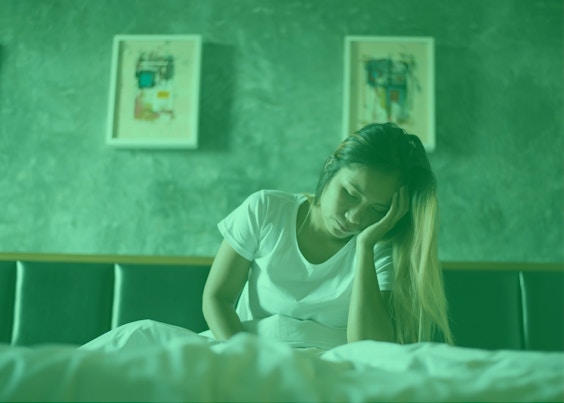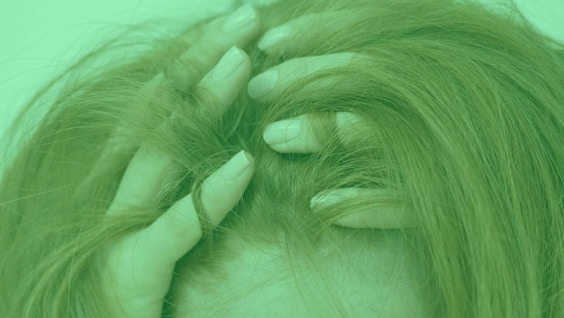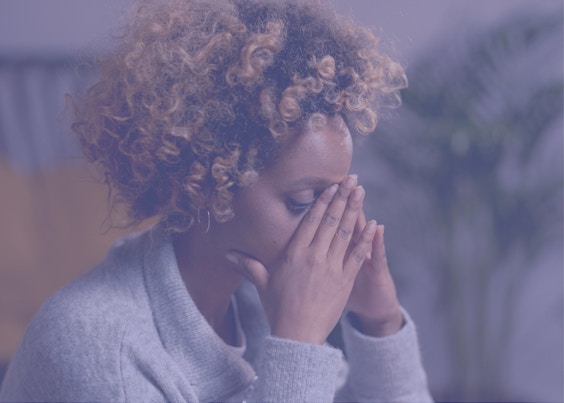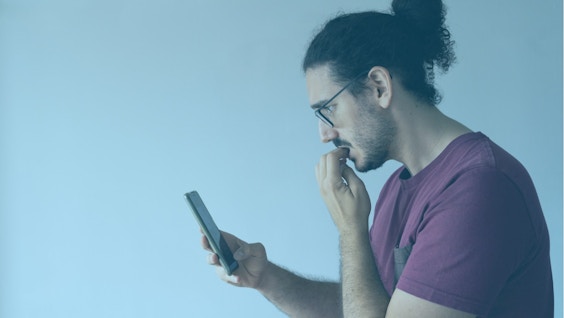I Am Sober is a free app that helps you get some control back in your life.
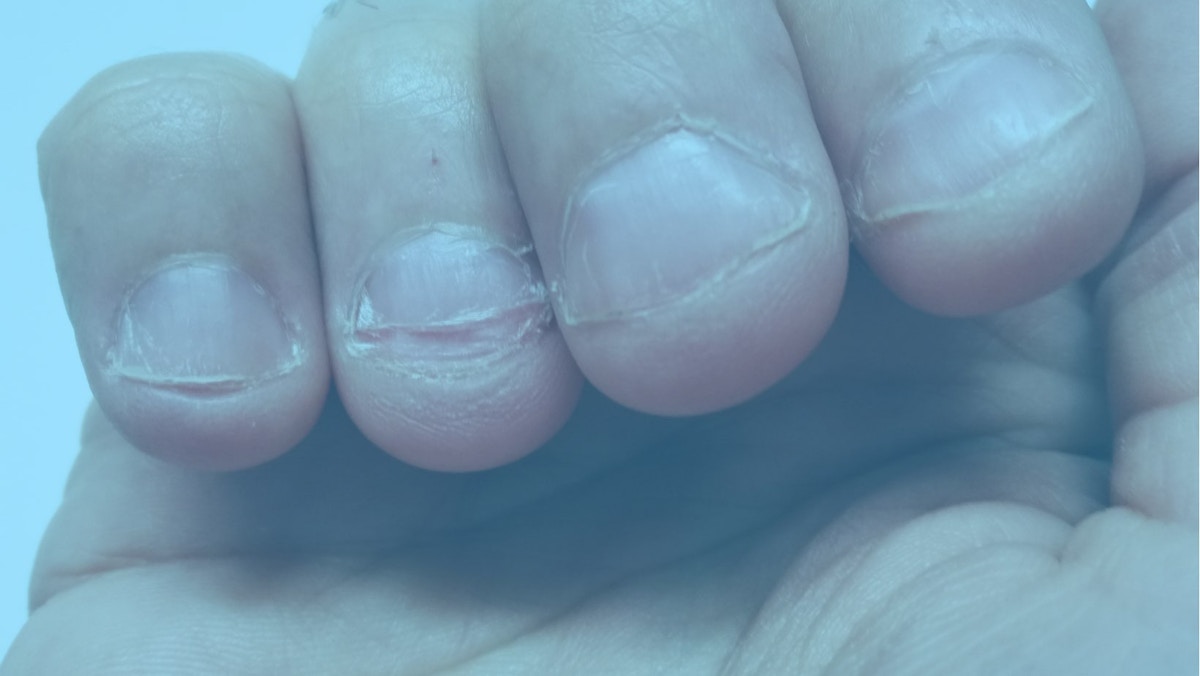
Nail Biting Infection: What Is It, Causes, and Treatment
Last Updated: Tue, January 23, 2024Paronychia or nail infection can be caused by biting or chewing the nails. Nail biting infection can have harmful effects. However, nail biting infection can be treated.
In this article, we are going to talk about nail biting infection, its causes, and treatments.
What Is Nail Biting Infection?
Paronychia is an infection involving the tissue around the nail. The said tissue is where the nail meets the skin.
Onychia, on the other hand, is an infection of the nail that produces inflammation and edema in the surrounding tissue.
Both paronychia and onychia can cause discomfort. They can also cause physical changes in your nails.
Moreover, when the nail plate extends into the surrounding skin, irritation and infection occur. It can be painful and uncomfortable, especially if left untreated.
Causes of Nail Biting Infection
In this section, we are going to discuss the causes of nail biting infection.
This section will explore the medical and psychological causes of nail biting infection.
1. Nail Biting
Excessive nail biting is the most common cause of a nail biting infection.
When you bite your nails frequently, they become exposed to bacteria (more about this later).
To further explain how nail biting causes a nail biting infection, let’s discuss the common causes of nail biting.
2. Stress and Anxiety
Biting your nails offers temporary relief from stress and anxiety. When people bite their nails, their stress levels go down.
In fact, people who bite their nails say that they do it when they feel stressed or anxious.
3. Boredom and Frustration
Frustration and boredom also cause people to bite their nails.
Once nail biting becomes a habit, it also becomes your go-to activity when you feel frustrated or bored.
Moreover, nail biting becomes an activity that you do to keep yourself occupied.
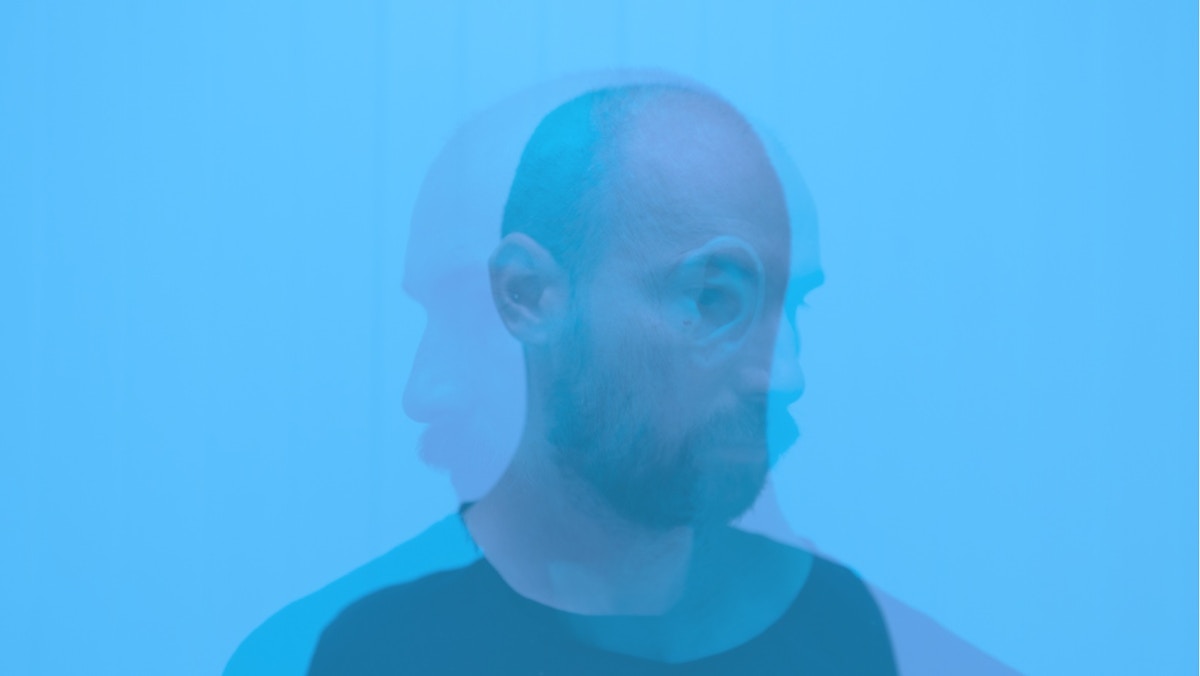
4. Psychological Issues
Nail biting can also be linked with mental health issues,like the following:
● Attention deficit hyperactivity disorder (ADHD)
● Obsessive-compulsive disorder (OCD)
● Major depressive disorder (MDD)
● Separation anxiety disorder
● Tourette syndrome
However, not everyone with emotional and psychological issues bites their nails. Similarly, biting your nails doesn’t mean you have an emotional or psychological issue.
5. Bacteria
Staphylococcal and streptococcal germs are the most common culprits. In rare cases, a fungus causes this infection, which generally starts with a hangnail.
Furthermore, a person with a nail biting problem frequently attempts to bite off the corner piece of their nail.
As a result, an open wound develops, allowing germs present on the skin and in the mouth to infect the wound. The infection can then extend to the tissue around the nail and cuticle.
Treatments for Nail Biting Infection
Here are the treatments for nail biting infection:
At-Home Treatment
If you have a mild nail biting infection, soak the affected fingers in warm water many times a day.
Mild paronychia or nail biting infection can also be treated with lemon and salt. To do this at-home treatment, cut a slit in a lemon and sprinkle salt into the hole. Then place the affected fingers one by one in the lemon for a few minutes. Repeat this until the nail biting infection goes away.
Another at-home remedy is putting magnesium sulfate paste to the infected nails. Those who did this said that the paste helped with pain management. It could also ward off the nail biting infection.
If symptoms do not improve, consult a doctor. Chronic nail infection may require weeks or months of treatment.
During the course of treatment, you must keep your hands dry and clean. If your job requires your hands to get wet or exposed to bacteria, you may need to have some time off.
Medical Treatment
When bacteria causes a nail biting infection, your doctor may recommend an antibiotic like dicloxacillin or clindamycin.
If a fungal infection causes the infection, your doctor will prescribe antifungal medication. These topical medications usually include ketoconazole or clotrimazole.
In addition, your doctor might need to drain any pus from surrounding abscesses. To do this, your doctor will have to use the incision and drainage method.
Your doctor will also administer local anaesthetic. Then, they will open your nail fold enough to put the gauze inside. This will help drain the pus.
Behavioral Treatment
You can address the nail biting infection itself. However, if you don’t deal with the underlying causes, the infection will keep coming back.
Therapy can help release the shame, guilt, and other negative emotions that come with nail biting. It can also help you become more aware of the triggers and urges you feel. By identifying these triggers, you and your therapist can properly address your nail biting issue.
In some cases, habit-reversal training, cognitive behavioral therapy, or hypnotherapy must be used to treat the issue.
Conclusion
While nail biting is more of a cosmetic than a medical problem, it can lead to nail biting infection that will endanger your health.
If you or your loved one suffers from nail biting infection primarily caused by excessive nail biting, reach out for help. You can also use a sober app like I Am Sober to manage symptoms and track your progress.
I Am Sober is a free app that helps you get some control back in your life.
